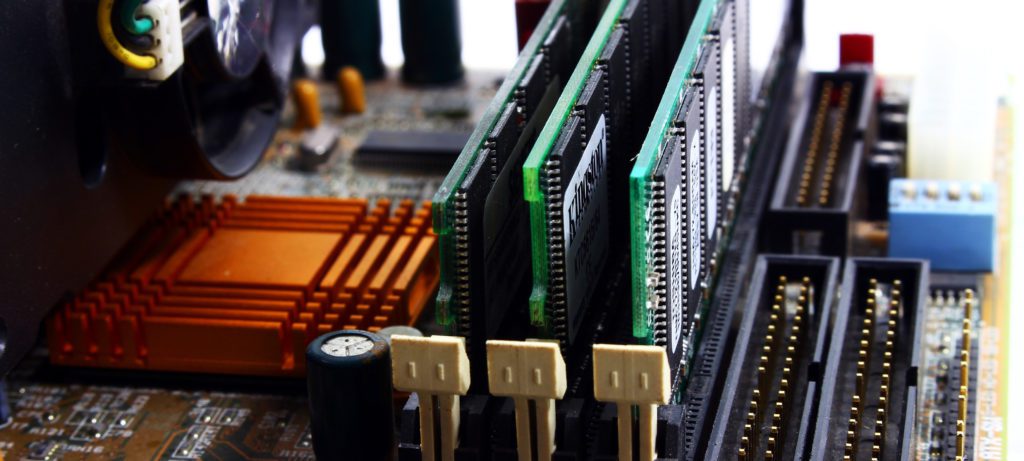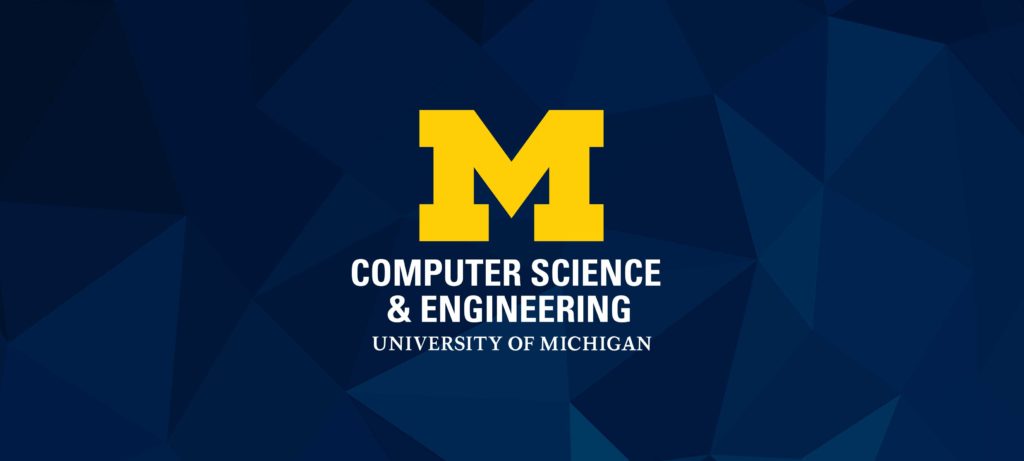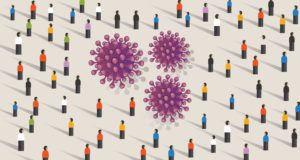Wu is working on advanced metasurfaces, which could help next-generation wireless communication, commercial and military radar systems, imaging, and antenna systems.


Wu is working on advanced metasurfaces, which could help next-generation wireless communication, commercial and military radar systems, imaging, and antenna systems.

The student’s project targets critical moments where the next instruction in a program is only available in a slower type of memory.
Virus removal approaches, mask resilience and mask fit are all being tested.
The post Engineers work to disinfect N95 masks for medical personnel appeared first on Michigan Engineering News.

Subarno Banerjee uses program analysis to improve software systems’ safety and security.

Goel designs algorithms that can automatically demonstrate the correctness of hardware systems.

Most programs in use today have to be completely rewritten at a very low level to reap the benefits of hardware acceleration. This system demonstrates how to make that translation automatic.

Prof. Alfred Hero speaks to ECE about his work using data to predict the transmission of infectious disease among people who are pre-symptomatic or asymptomatic and how it relates to COVID-19.
Lighter, stiffer glass fibers could make composite materials thinner without sacrificing strength.
The post Designing lightweight glass for efficient cars and wind turbines appeared first on Engineering Research News.

Deaths in China reflect a slower expansion of the new coronavirus, suggesting a fractal network.
The post Containment efforts appear to step down the spread of COVID-19 from the exponential norm appeared first on Engineering Research News.

The College of Engineering honors ECE PhD candidate Tianlin Wang for his excellent research in remote sensing as well as his leadership and service to the community.